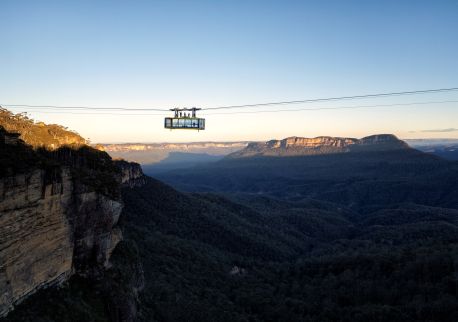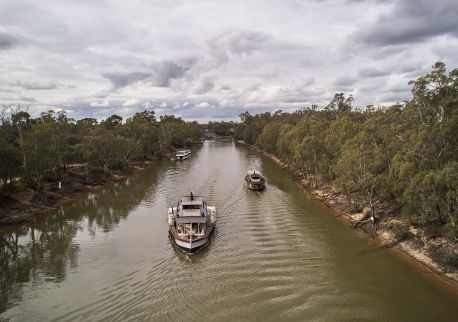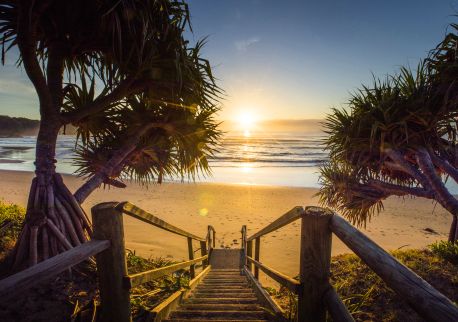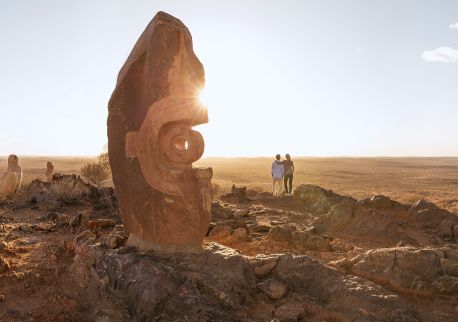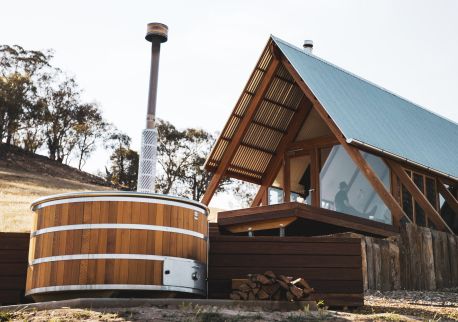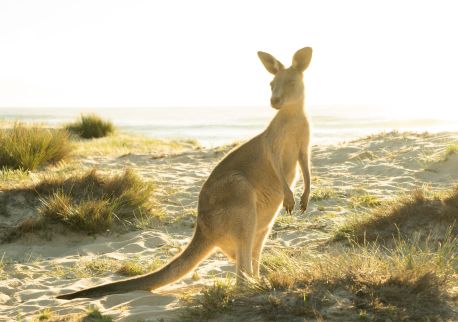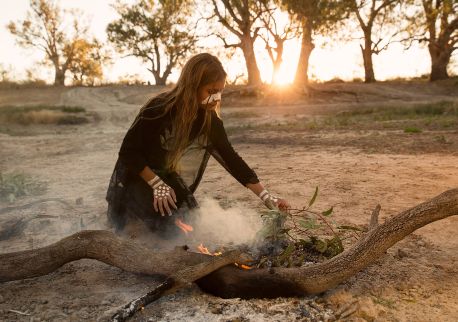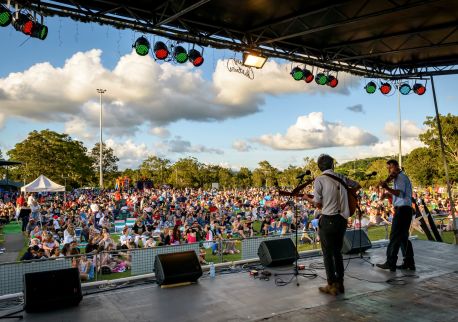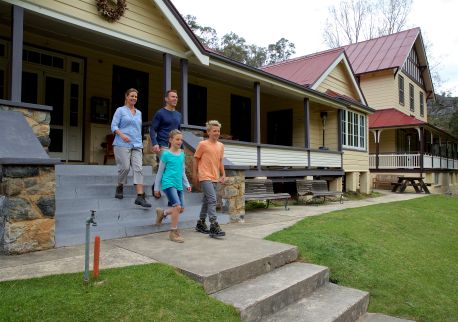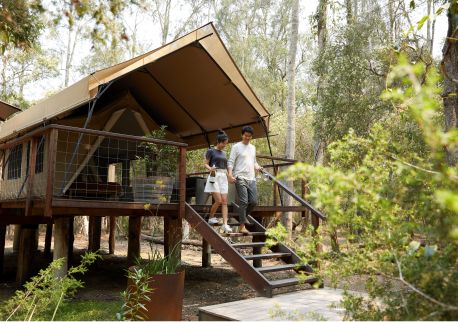Moruya Heritage Area
Highlights
Overview
Moruya is well-known for its granite, which was first quarried in 1850. The granite from Moruya was used to build the pylons of the iconic Sydney Harbour Bridge. The process of supplying, cutting and dressing granite slabs for the pylons was carried out by over 250 stonemasons from 13 different countries, who were employed by Dorman, Long and Company between 1925 and 1932.
Moruya River was opened up to shipping after a flood in 1840 which scoured the sandbar. The government then abandoned Broulee in favour of Moruya, which was gazetted as a village in 1851. Initially, the first wharves were located near the entrance of the river. However, the river's deep channels changed frequently and vessels often grounded, so a pilot was stationed at Moruya South Head from 1860.
Moruya played an important role as a port for the Araluen goldfields and for the district's producers. It also developed into an important regional and administrative centre.
Visit the Moruya Museum and explore the Abernethy and Co stonemason's lathe which is State Heritage listed. Follow the Historic Town Walk to discover Moruya's delightful historic buildings.
Drive to Moruya Heads (Toragy Point) and nearby is the Pilot Station (1861-1953), which is now a private residence. Walk the beautiful Bingi Dreaming Track from Congo to Coila Lake, which links camp and ceremonial sites, water and food sources.

